Nintendo 3DS -perhe
Please note: The manufacturing of the Nintendo 3DS family of systems has ended.
Functionality
Using this technology, the Nintendo 3DS recognizes how you tilt and angle the console. In the built-in game Face Raiders, you aim by tilting the console in different directions, and it works incredibly well with lightning-fast response!
The precision is as good as the Wii Remote Plus, which means that the Nintendo 3DS detects the slightest movement and how fast you move it.
In addition to the well-known +pad and the six buttons that were on the Nintendo DS (A, B, X, Y, L and R), the Nintendo 3DS has an analog joystick called the Circle Pad. Circle Pad gives you full control in 360 degrees, which is needed to get full freedom and the precision required to be able to navigate in 3D worlds.
The Start and Select buttons are located below the touch screen along with the new HOME button that opens the Nintendo 3DS main menu. If you press HOME while playing a game, the game is paused while you do other things in the main menu.
No, we do not mean the Jack of diamonds and his friends! Game cards are the name of the Nintendo 3DS games (equivalent to cassettes and discs). The space of the cards varies between 2GB and 4GB.
One and the same slot is used for game cards of both Nintendo 3DS and Nintendo DS!
Nintendo 3DS has significantly better graphics than Nintendo DS and surpasses the Wii in terms of shadows and lighting! Just look at Monster Hunter 3 Ultimate which has real figure shadows instead of the simple, round shadows found in the Wii game Monster Hunter Tri.
Like the Nintendo DSi, Nintendo supports 3DS SD cards for various purposes. A 2GB card is included when you buy the console, but of course you can upgrade if you need more memory. Nintendo 3DS is compatible with all SD and SDHC cards, which means that the maximum size of a card is 32GB. Larger SD card than that (SDXC) the console cannot read.
Note that the Nintendo 3DS is region locked. The regions into which it is divided are Japan, America and Europe / Australia. This means that the Nintendo 3DS console and Nintendo 3DS games cannot be mixed across these regions. For example, a Nintendo 3DS purchased in Europe cannot play games purchased in Japan or the Americas. The regional lock exists because each region has its own languages, age recommendations, Parental Control functions and laws. In addition, each region has specific online features.
You can see the current system version if you click on the wrench in the main menu (System Settings). Make sure you always have the latest version to be able to play all new games without any problems!
To update your Nintendo 3DS to the latest system version, your console must be connected to the Internet. Some games (for example, SUPER MARIO 3D LAND and Mario Kart 7) have an update built-in, and they do not start until you allow the update to run.
Neither Nintendo nor Bergsala takes any responsibility if your Nintendo 3DS breaks down due to the use of accessories or software not licensed by Nintendo
Pre-installed software
The Nintendo 3DS browser lets you browse the Internet and can even be used while you have a game paused in the background. The browser is specially developed for the Nintendo 3DS and has the ability to display web pages and images in 3D if you browse pages with this functionality. It is also possible to download images in .MPO format and you can bookmark up to 64 pages. You may need to update to console before accessing the browser.
NOTE! the browser does not support Flash or PDF.
Nintendo 3DS has two cameras on the outside, which makes it possible to take photos and film in real 3D. The inward facing camera can only take photos or film in 2D. In addition to just aimlessly taking photos and filming, you can also edit your photos. There are lots of different kinds of pencils and symbols, but the really cool thing is that you can create pits and elevations in 3D! If you shoot a ball, for example, you can make the ball "raise" and really stand out from the screen! It is also possible to "lower" objects and make them look as if they are far away into the image. This editing is done manually and is suitable for objects with simple shapes such as balls, walls and televisions. Fingers and hands are not suitable for 3D editing.
Other handy features of the Nintendo 3DS Camera are Self Timer (either number of seconds or it takes the photo when you say something) and manually controlled focus, light, sharpness and contrast. If you have problems that the surroundings are too dark, it is possible to remedy to some extent. Note, however, that the Nintendo 3DS doesn't have a flash.
All photos you take can be saved either directly on the console's system memory or on the supplied SD card. We recommend that you save all the photos on the SD card, partly because there is room for many more and partly because the SD card is a smooth link to the computer or other media devices.
Keep in mind that 3D photos you take with the Nintendo 3DS cannot be viewed on a standard computer screen. If you have a device that can display images with the .MPO file name extension, you can view 3D images on that device, otherwise you have to settle for 2D (every 3D photo you take with the Nintendo 3DS also saves a 2D version of the image).
If your Nintendo 3DS has been updated to the latest system version, you can use it as a movie camera! The clips you record can be up to ten minutes long with audio, and there are also features that allow you to take multiple photos with a certain interval in between. Another feature allows you to pause in the middle of a recording and then resume it when appropriate, but note that audio is not recorded in this mode.
All movies you record are saved on the SD card, and if the 2GB card provided is not enough, you can always upgrade to a larger one (Nintendo 3DS supports SD cards up to 32GB).
Nintendo 3DS Sound lets you record and play audio or play music stored on the SD card. You can store up to 180 different audio clips that are up to 10 seconds long. You have the ability to manipulate the audio clips in a variety of exciting ways, for example, you can change the pitch and speed.
If you plug the SD card into a PC and transfer audio files in MP3 or AAC format, you can play them on your Nintendo 3DS. You can play music that you play in the same way as with the sound clips you have recorded yourself. In addition, you can use the R and L buttons to add different sounds. There are 12 different sounds to choose from, such as different percussion, cats moaning or Mario picking coins. In the upper screen you will see a variety of forms of entertainment, ranging from pure visualization of the sound to simple games and a photo album with your photos.
Nintendo 3DS Sound also has a StreetPass feature. If you register your favorite songs in a special playlist and activate StreetPass, you can check if you have similar taste in music with the Nintendo 3DS owners you pass. The program can download music from up to 1000 folders on the SD card and can display up to 300 audio files.
Just like on the Wii U, you can create your own Mii characters on the Nintendo 3DS! In fact, you have even greater freedom of choice and opportunity. Among other things, you can take a picture of yourself and automatically let the Mii Maker create a Mii based on it. If you are not completely satisfied with the result, you can fine-tune your Mii afterwards.
Mii Maker also has a feature that lets you store a jpg image on either the head or the entire character on the SD card. You can then copy that image over to a PC and use it as an avatar on forums, in your email signature or similar. The possibilities are endless. You can also save your Mii in the form of a QR code that other Nintendo 3DS owners can read and you will appear in their Mii Maker.
After registering your personal Mii in StreetPass Mii Plaza, activating the StreetPass feature and walking around with your Nintendo 3DS in Standby, you can meet other Nintendo 3DS owners' Mii characters. These Mii characters line up in StreetPass Mii Plaza and there you can see some information about them, such as where they come from, what the last game they played was and a few other things. Mii Characters that you smirk on in this way can then be used in a few different mini-games in which you can unlock new content for your Mii.
Six different AR cards are included with the purchase of a Nintendo 3DS. AR stands for Augmented Reality. In practical terms, this means that you place one of the six cards on a table and then "film" them with the console's 3D cameras and look at the 3D screen. Suddenly a well-known Nintendo character appears in the middle of reality! You can look at it from different angles and you move around the card and you can even change the character's pose.
One of the cards has a large question mark on it and you can use that card in a number of different ways. In the AR Games program, the card provides access to a variety of mini-games. To begin with, most of the mini-games and features on this card are locked, but you can use Play Coins that you get by walking around with the console in standby to unlock new content. Mii Viewer is an example of this and that feature allows you to bring out your Mii character in augmented reality.
AR Games is not the only program that uses the AR cards, nintendogs + cats games can also use the question mark card to bring your puppy forward in the augmented reality.
In this comic shooter, shoot as many faces as you can. It may sound completely crazy and it is too! You fire projectiles using an on-screen sight, and you control this sight by tilting the Nintendo 3DS in different directions.
You paint the faces yourself, which means you can stuff friends, celebrities, family, teachers, bosses ... yes, basically anyone! It is possible to take photos of faces that are on a computer screen, which means that the restrictions are extremely few! Even if you take a two-dimensional photo, the face turns into 3D in Face Raiders!
Once you have photographed a face, you can fine-tune it to fit the template used by the game. You can enlarge, reduce, rotate and adjust in four different directions until the face is completely in place!
The faces make a variety of expressions during the game and you will be amazed at how well it works given that the "source" is a two dimensional photo! Face Raiders is not very serious and values humor more than violence.
The more you go, the more Play Coins you get. These coins can be exchanged for various items in any Nintendo 3DS game! So, always bring your Nintendo 3DS!
Yes, how exciting can this be then you think. It can be said that Activity Log is the gathering place for all statistics. Here you can see how long you have played each title, how many times you have played and even the average time for each playing time! You can also see when you started playing and when you last played. All these statistics also apply to Nintendo DS games, and you can sort according to different criteria to quickly find what you are looking for and avoid scrolling through endless menus.
Up to 256 titles can be stored this way. When that number is exceeded, the oldest ones are deleted.
100 steps = a Play Coin
Play Coins have a wide range of uses, you can use them in everything from renting new Mii figures in StreetPass Mii Plaza to buying new figurines in SUPER STREET FIGHTER IV 3D Edition. Play Coins is a built-in hardware feature, which means that any Nintendo 3DS game can take advantage of them (as long as the developers adapt their title to the feature). Your steps count when the Nintendo 3DS is in Sleep Mode (but not when you play), so do not turn it off!
You can collect a maximum of 10 Play Coins per day (1000 steps) and 300 Play Coins in total. Spend them wisely.
Game Notes is simply a 16-page notepad that you can take notes on. The best part is that Game Notes can be used while playing Nintendo 3DS games and applications by pressing the HOME button. This puts your game in pause mode and gives you access to Game Notes that you can use to write down things from the game that you want to remember. Maybe some notes about where there are treasures you have not been able to reach or strange objects that you do not understand yet.
Keep track of your gaming friends! Friend List is never more than a few clicks away and one of the LEDs on the Nintendo 3DS flashes orange as soon as a friend goes online!
Always running
As long as you are near a wireless network or hotspot, you have full control over which of your friends are online and what they are playing. You can access the Friend List via the HOME Menu and once inside you can add new friends or check what people you have already added play for something and how long ago they were online. You add people in two ways:
If the person you want to add is far away: Sign each other's 12-digit Friend Codes. Once registered, you can play all online games against this person. There's only one Friend Code on the Nintendo 3DS, and it's in the hardware. You do not need to register a code for each game, but only one that applies to all online games.
If the person you want to add is nearby: You can send your Friend Code wirelessly to another Nintendo 3DS owner if you're in the same room.
The LED light indicates when a friend has logged in
One of the LEDs on the Nintendo 3DS tells you when a friend has logged in by flashing orange. When you see this, just press the HOME button to enter the HOME Menu, and then the Friend List to see who it was. The game you play just takes a break and is ready to start again at any time. So you do not have to turn off what you are doing to view the Friend List.
These are two features that keep you updated in new and exciting ways. Both features allow you to receive content and other information without any effort. At any time, you may have something new and exciting when you open your console.
StreetPass
StreetPass uses local, wireless communication and is active both when playing and when the console is in Sleep Mode. Keep in mind, however, that it does not work when other wireless communication is active, for example, when you play online, download something, or run a local multiplayer mode.
All you have to do to activate StreetPass is make a setting in each game (which is then saved so you don't have to redo it), then it's enough to take your Nintendo 3DS with you when you go out. So you do not even have to bring a game with you at all! The StreetPass files for each application are stored on the system memory, and you can leave a maximum of twelve titles running at the same time as StreetPass.
The LED on the top of the Nintendo 3DS flashes green when you receive a StreetPass Hit, and then glows green to let you know if something has happened when you get home and pick up the console.
SpotPass
SpotPass is a built-in feature that keeps your Nintendo 3DS connected to the Internet - even when you're not using it. As long as there is a wireless network or a hotspot nearby, just fold up the console and it stays connected and downloads the latest without having to do anything. If you put the Nintendo 3DS in the dock at home near your wireless network, it is always fully charged and updated when you use it!
All you need to do to get started with SpotPass is connect your Nintendo 3DS to your wireless network once. When done, the console will automatically connect to your network as soon as it is near it. Of course, you can register Nintendo 3DS to several different networks at once.
SpotPass is used, among other things, to keep your Nintendo 3DS up to date. Nintendo can send out an update during the night that your console downloads automatically, then when you wake up you see that the light is blue and that there is something new to look at! After your approval, the update will be installed.
SpotPass is also used by various games, including some fighting games where you get new outfits and challenges downloaded without having to lift a finger! In short, if you want to be updated, you must activate SpotPass! It's free and all updates are done automatically, so there's nothing to lose.
De seks konsoller i Nintendo 3DS-familien

Nintendo 3DS

Nintendo 3DS XL

Nintendo 2DS

New Nintendo 3DS

New Nintendo 3DS XL

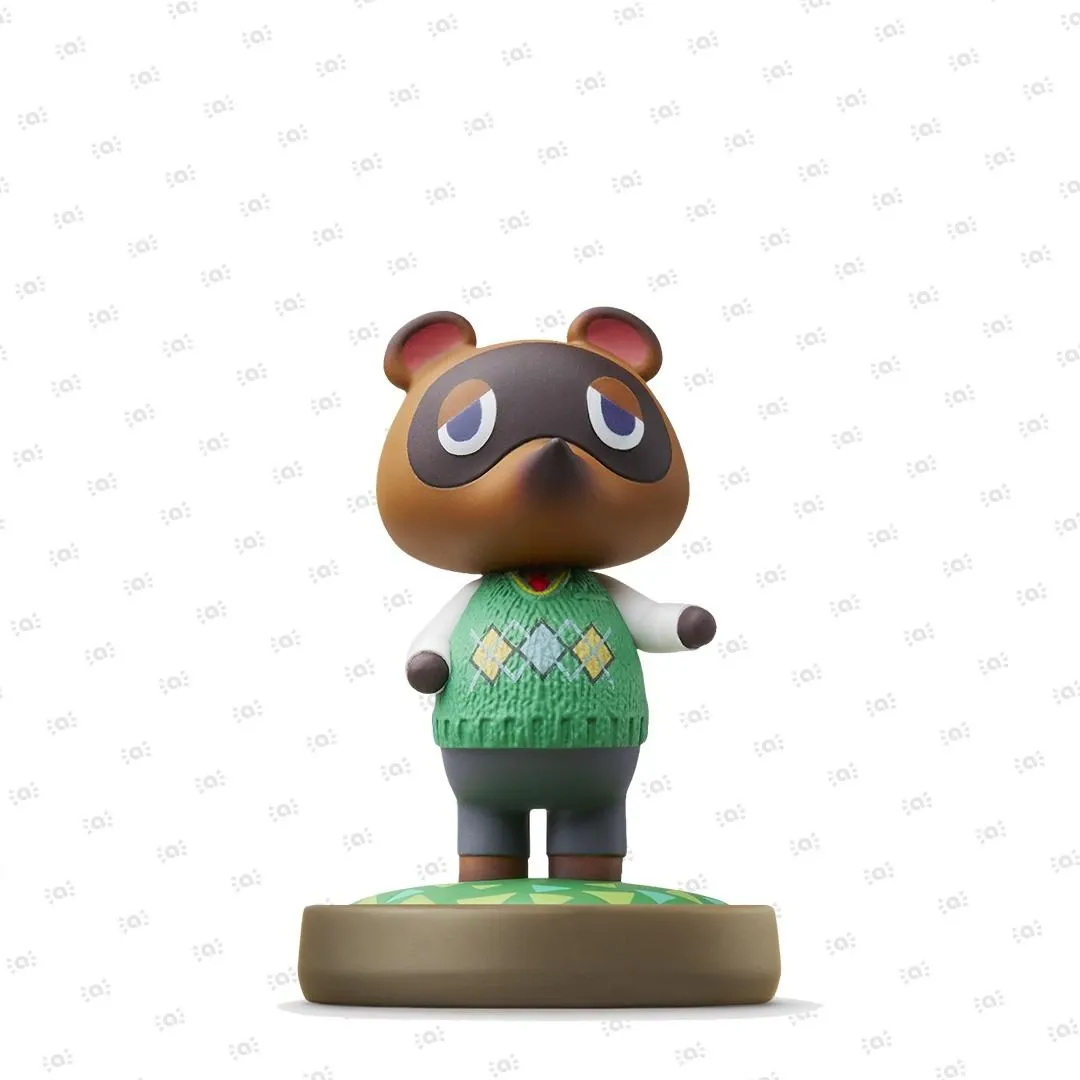
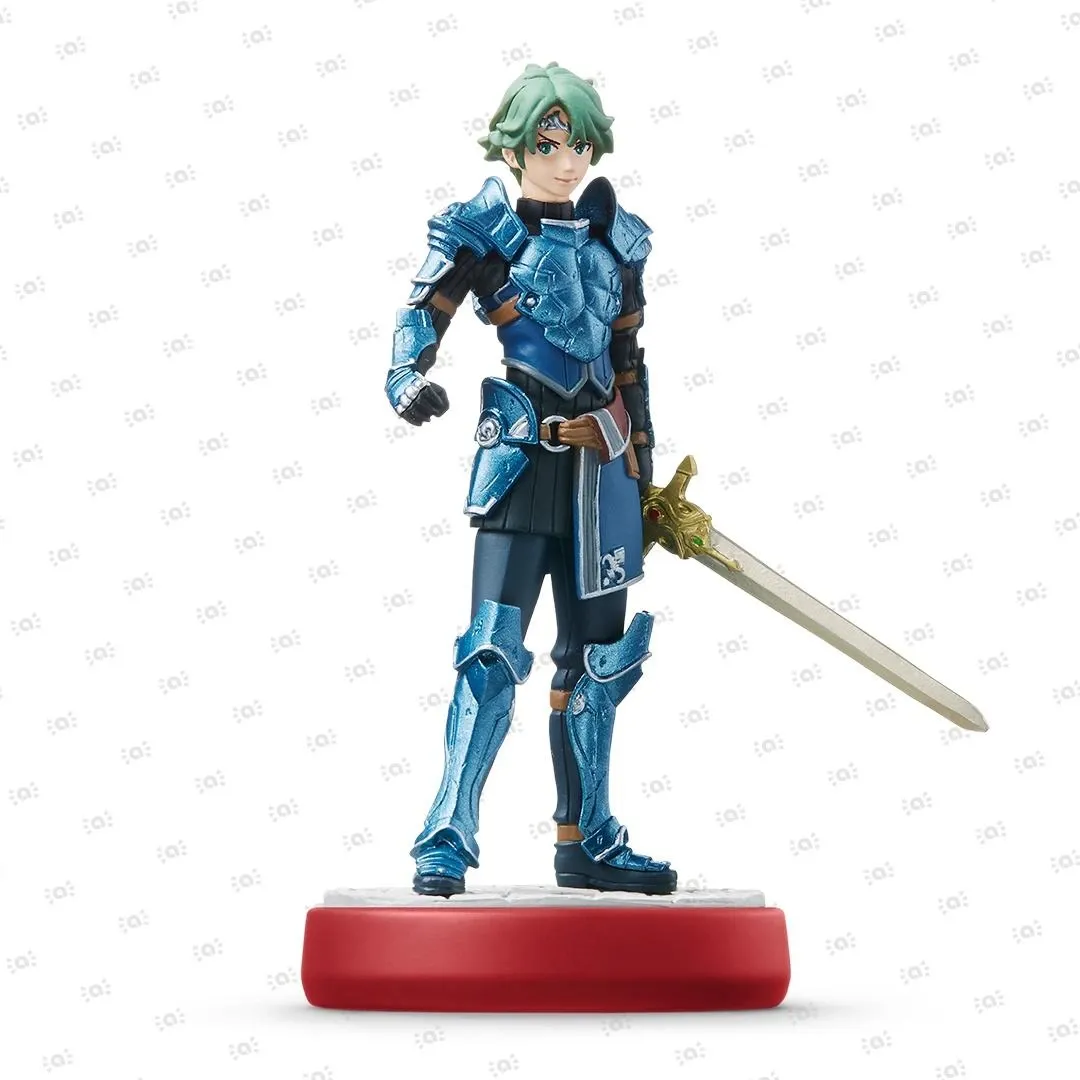 Fire Emblem Collection
Fire Emblem Collection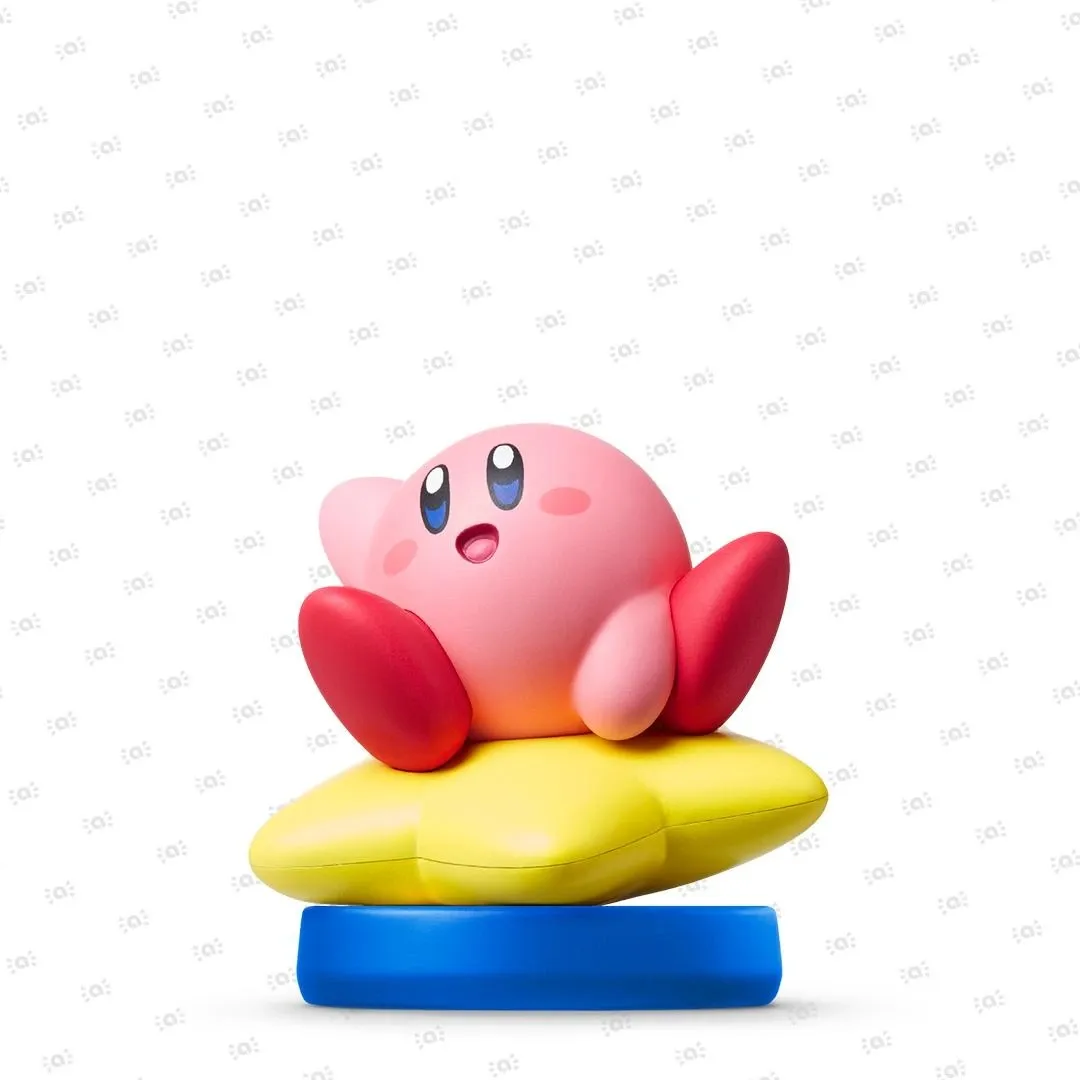 Kirby Collection
Kirby Collection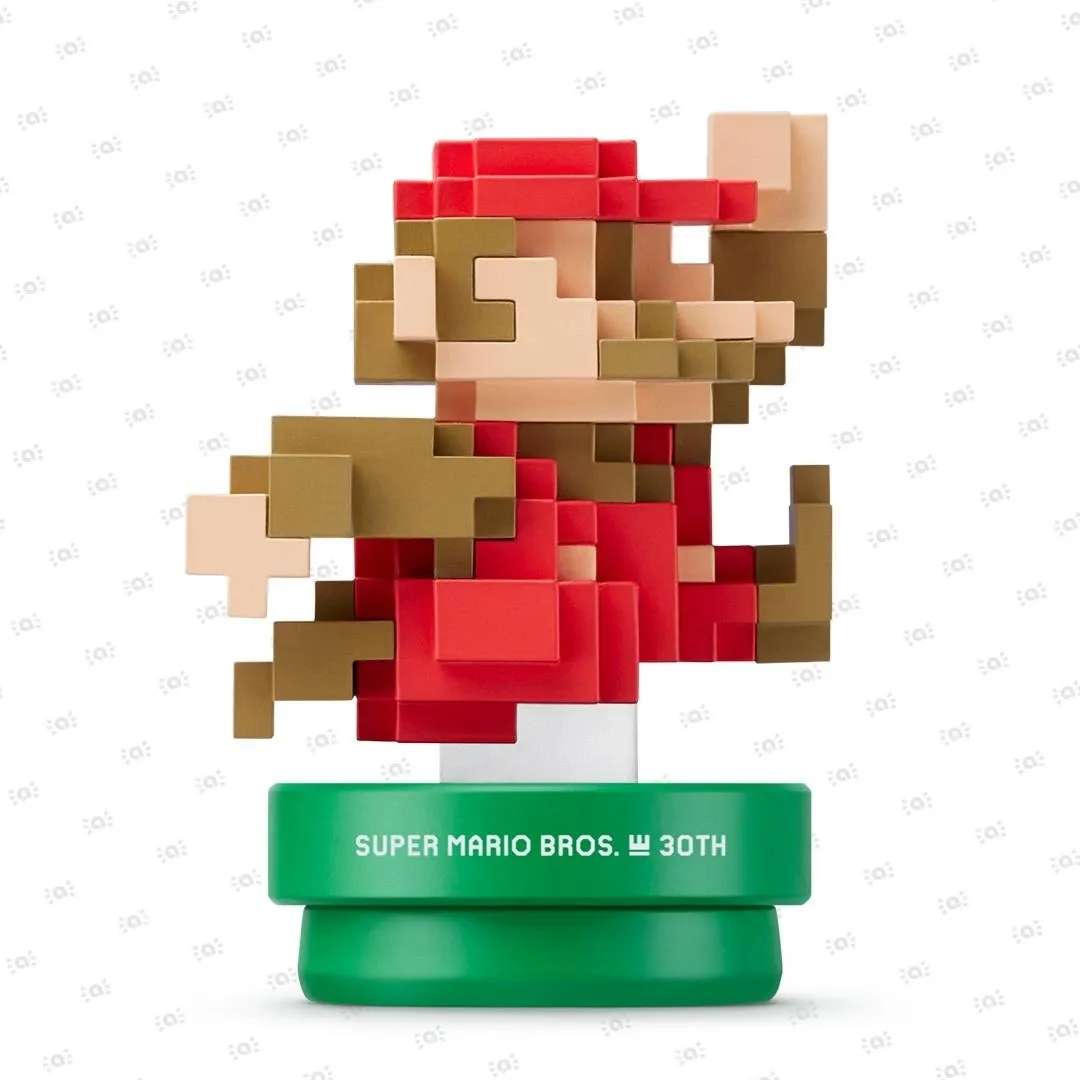 Super Mario Bros. 30th Anniversary Collection
Super Mario Bros. 30th Anniversary Collection Metroid Collection
Metroid Collection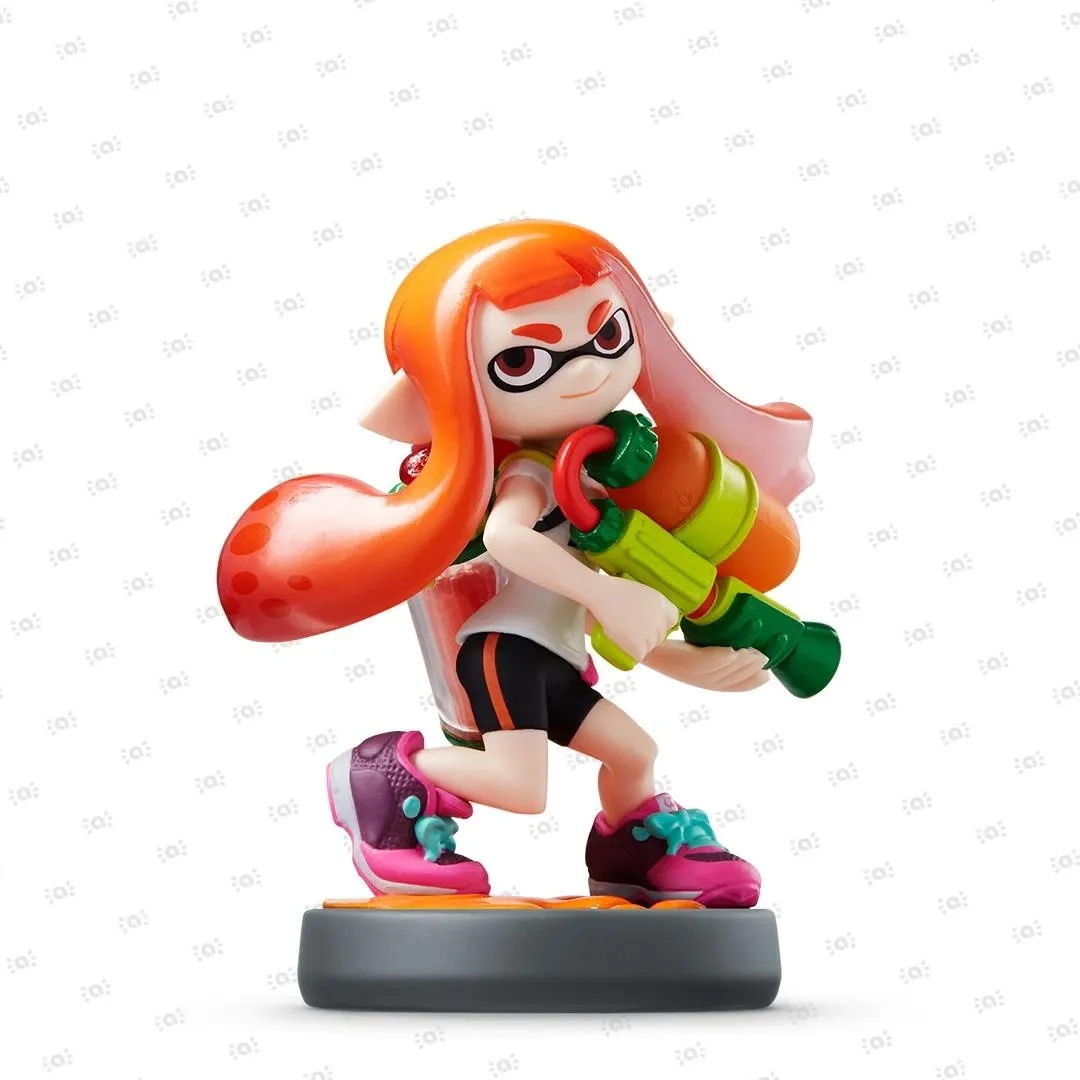 Splatoon Collection
Splatoon Collection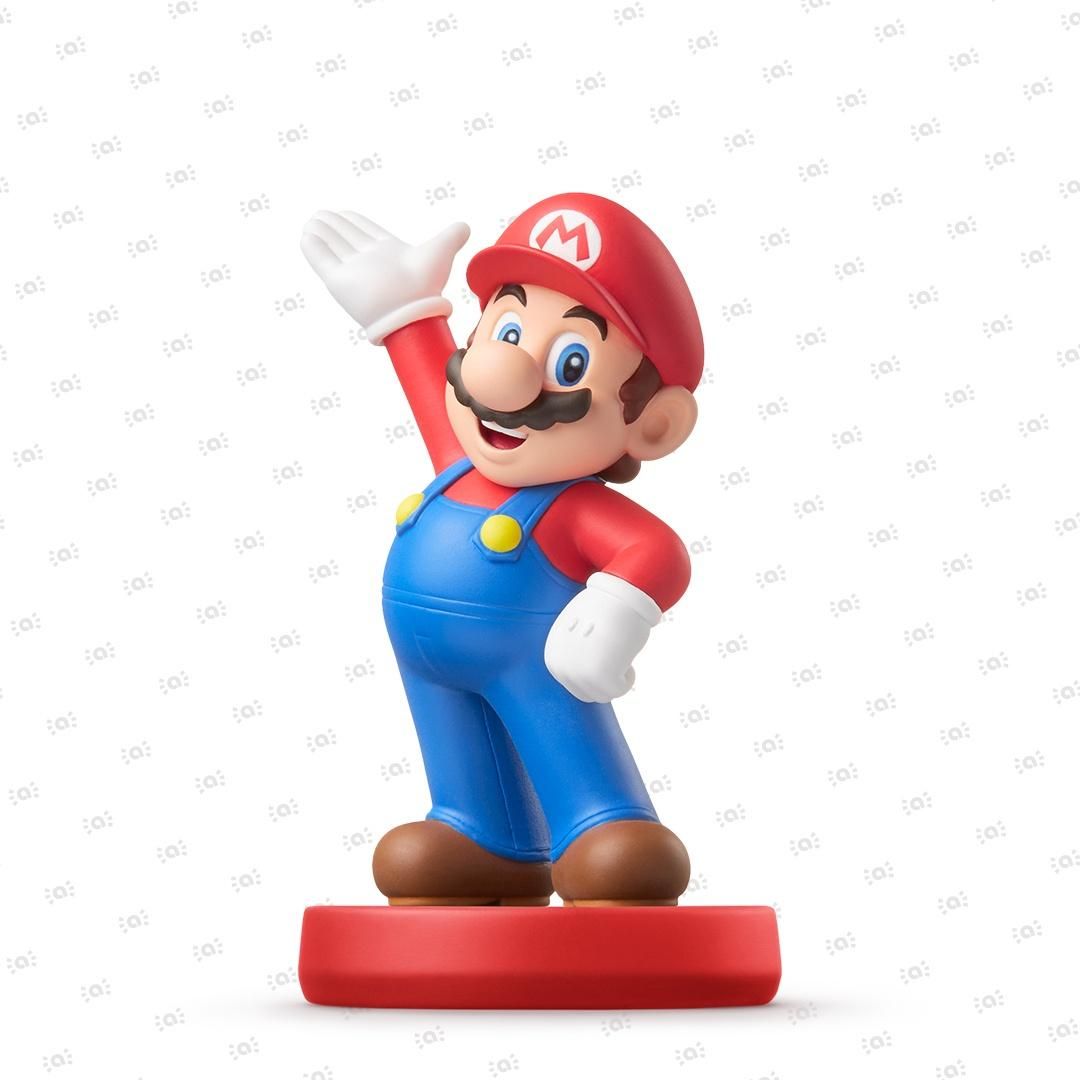
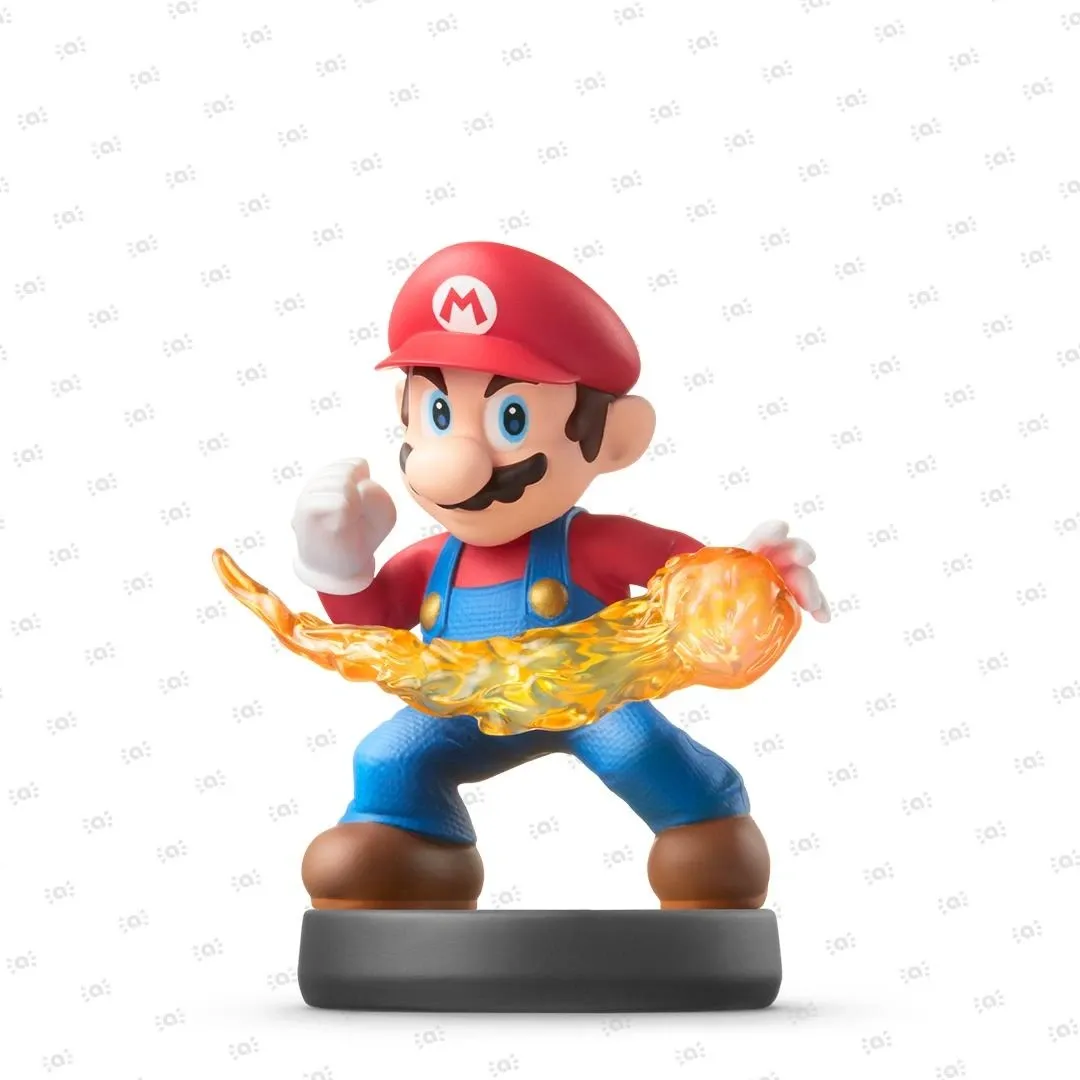 Super Smash Bros. Collection
Super Smash Bros. Collection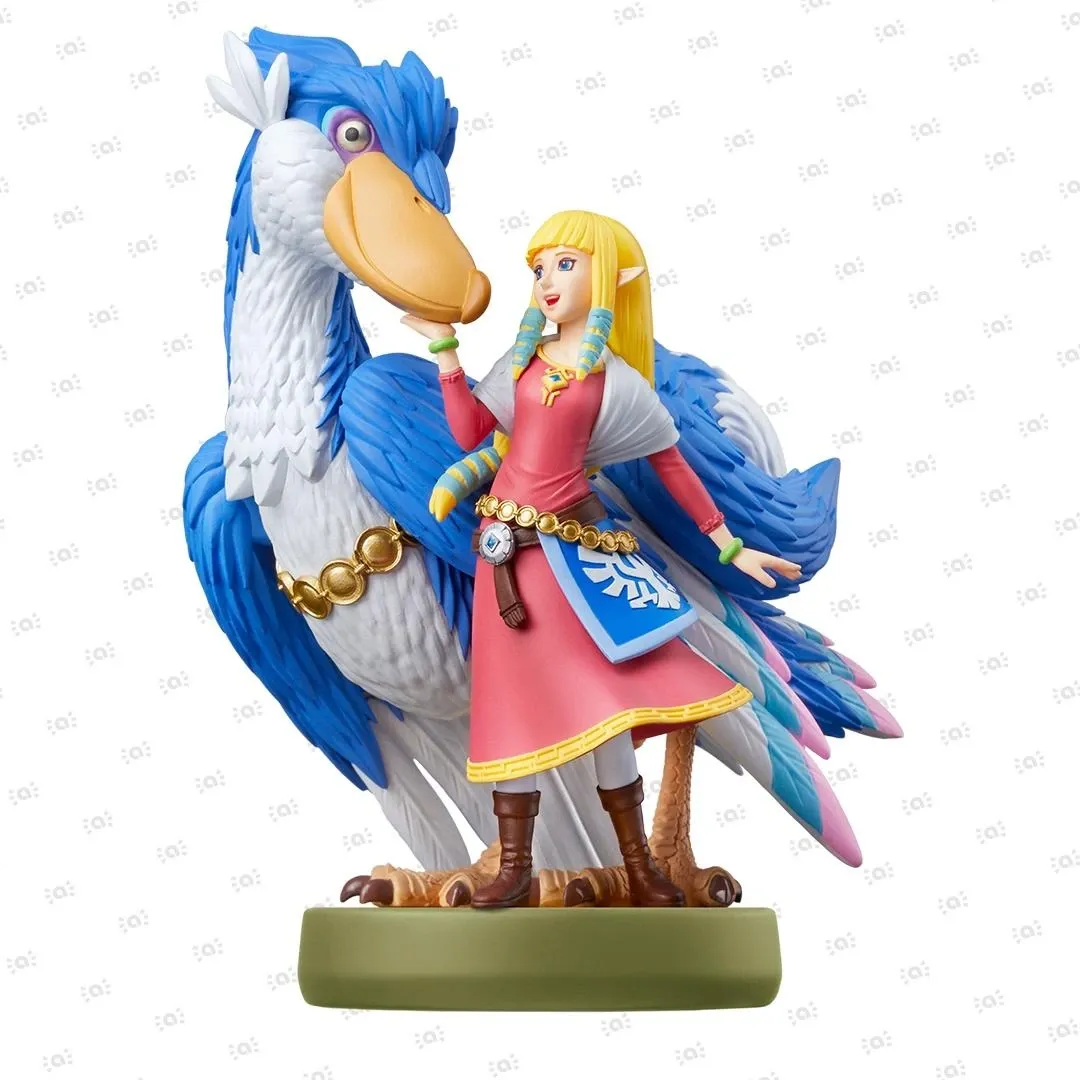 The Legend of Zelda Collection
The Legend of Zelda Collection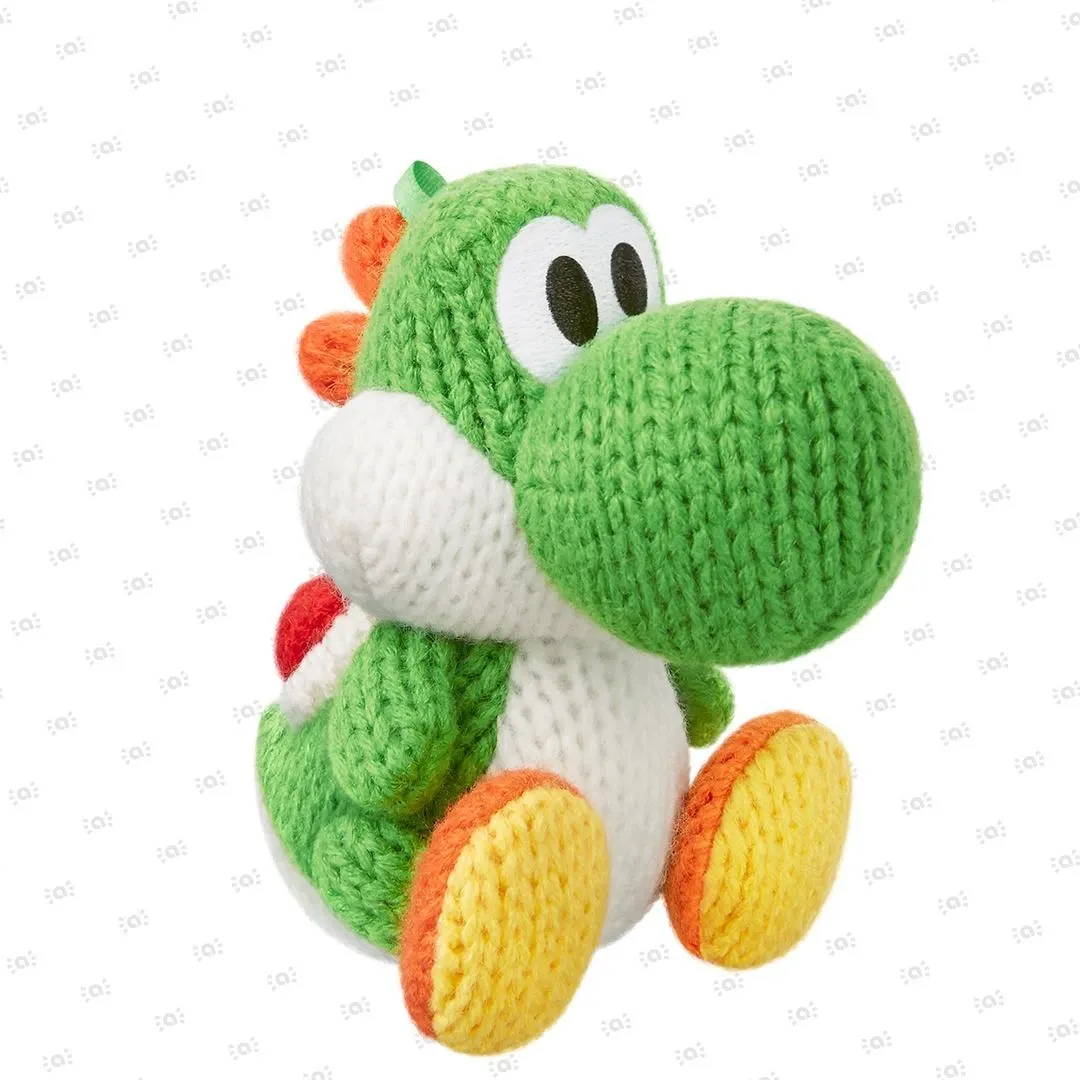 Yoshi's Woolly World Collection
Yoshi's Woolly World Collection








